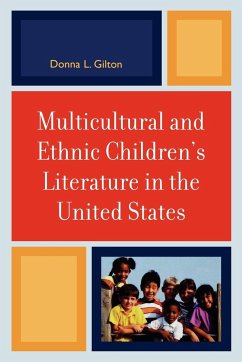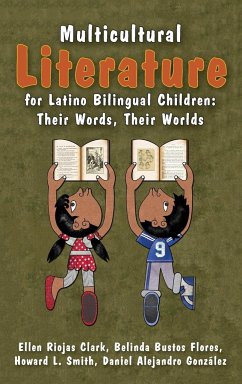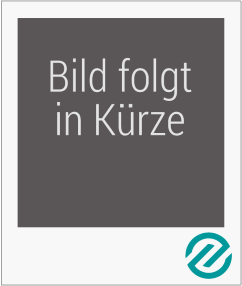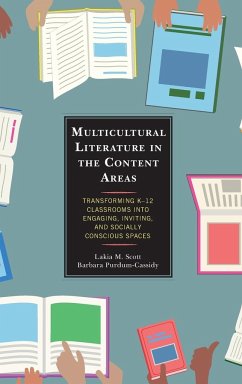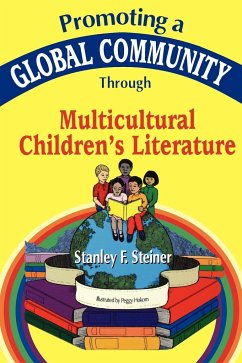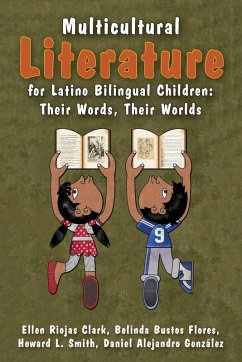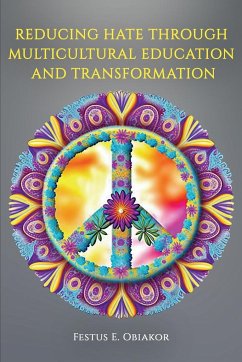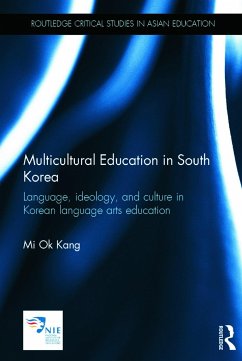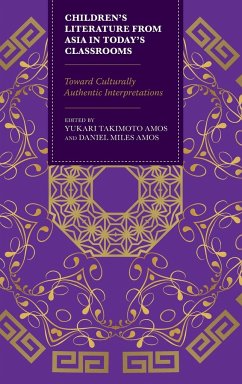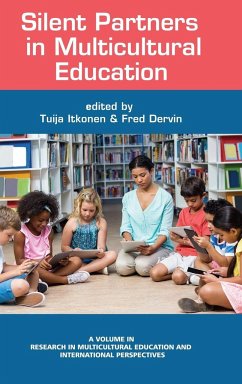
Multicultural Children's Literature
A Critical Issues Approach
Versandkostenfrei!
Versandfertig in 1-2 Wochen
126,99 €
inkl. MwSt.

PAYBACK Punkte
63 °P sammeln!
This book is designed to prepare K-12 preservice and inservice teachers to address the social, cultural, and critical issues of our times through the use of multicultural children's books. It will be used as a core textbook in courses on multicultural chi





